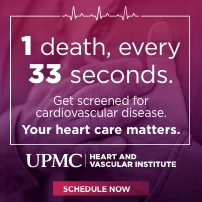March 11th, 2016 by WCBC Radio
In a nation that already doesn’t get adequate sleep, the number of nodding drivers on the road might increase during next Monday’s commute times, the day after the biannual transition to and from Daylight Saving Time (DST). Insomnia can be deadly behind the wheel. The “first six days of daylight saving time can prove dangerous for drivers and other highway users,” some research suggests.
Nearly all drivers (97 percent) view drowsy driving as a serious threat to their safety and they believe this behavior pattern is completely unacceptable, according to the newly released AAA Foundation’s 2015 Traffic Safety Culture Index. Yet nearly one in three drivers (32 percent) confessed they were so tired they drove drowsy during the previous 30 days. “Drowsy driving is the dangerous combination of driving and sleepiness or fatigue,” according to the Centers for Disease Control and Prevention (CDC).
“Drowsiness can slow reaction time as much as driving drunk, and it can be just as dangerous, research shows. Too many people drive under the influence of sleepiness,” said Ragina Cooper Averella, Public and Government Affairs Manager for AAA Mid-Atlantic.
“The time change contributes to an “increase in fatal automobile crashes,” according to a researcher at the University of Colorado, Boulder. However, it is not just drivers who should be concerned. According to researchers in Michigan, a link to a small increase in heart attacks on the first day of the transition to DST, Sunday, in the springtime has been found, as well. Research focused on the impact of the switch to Daylight Saving Time in Britain and Germany and found that individuals in both countries “experience deteriorations in life satisfaction in the first week after the spring transition.”





.jpg)













